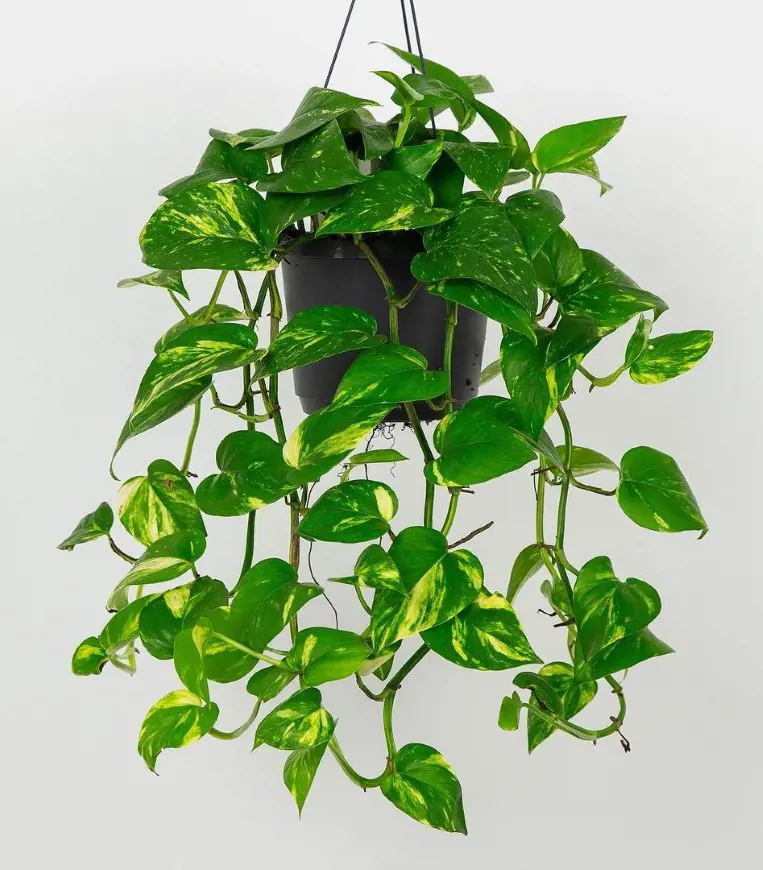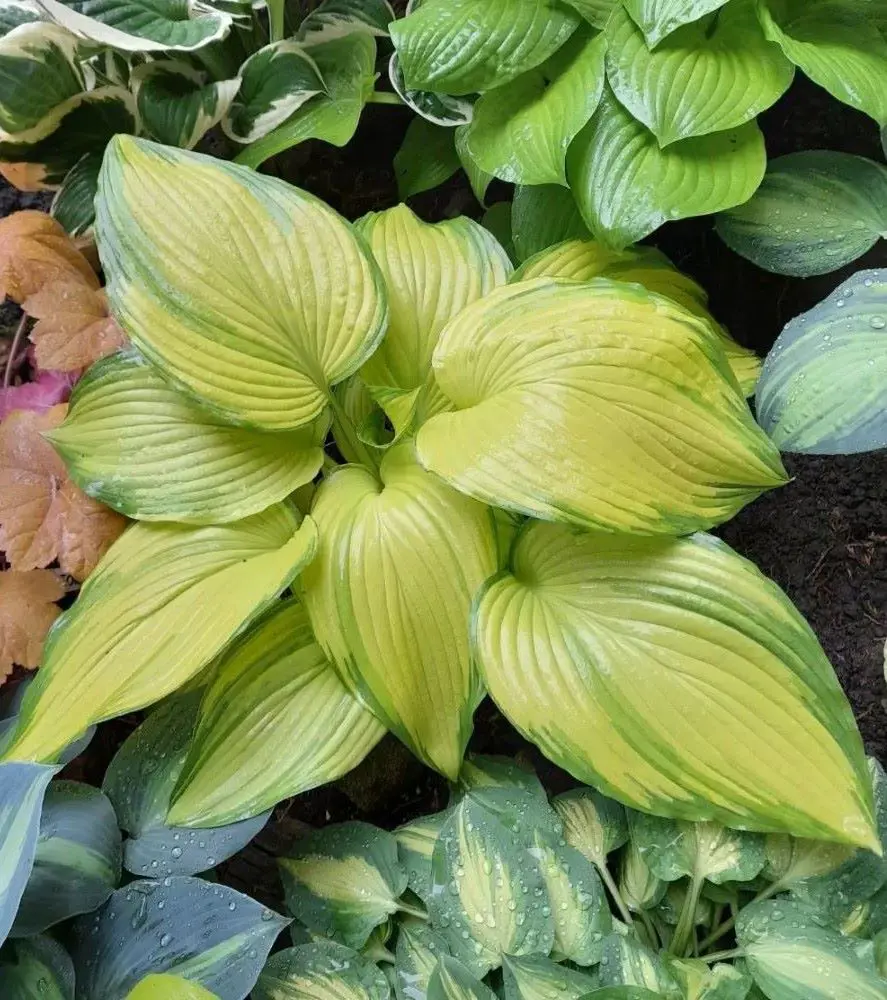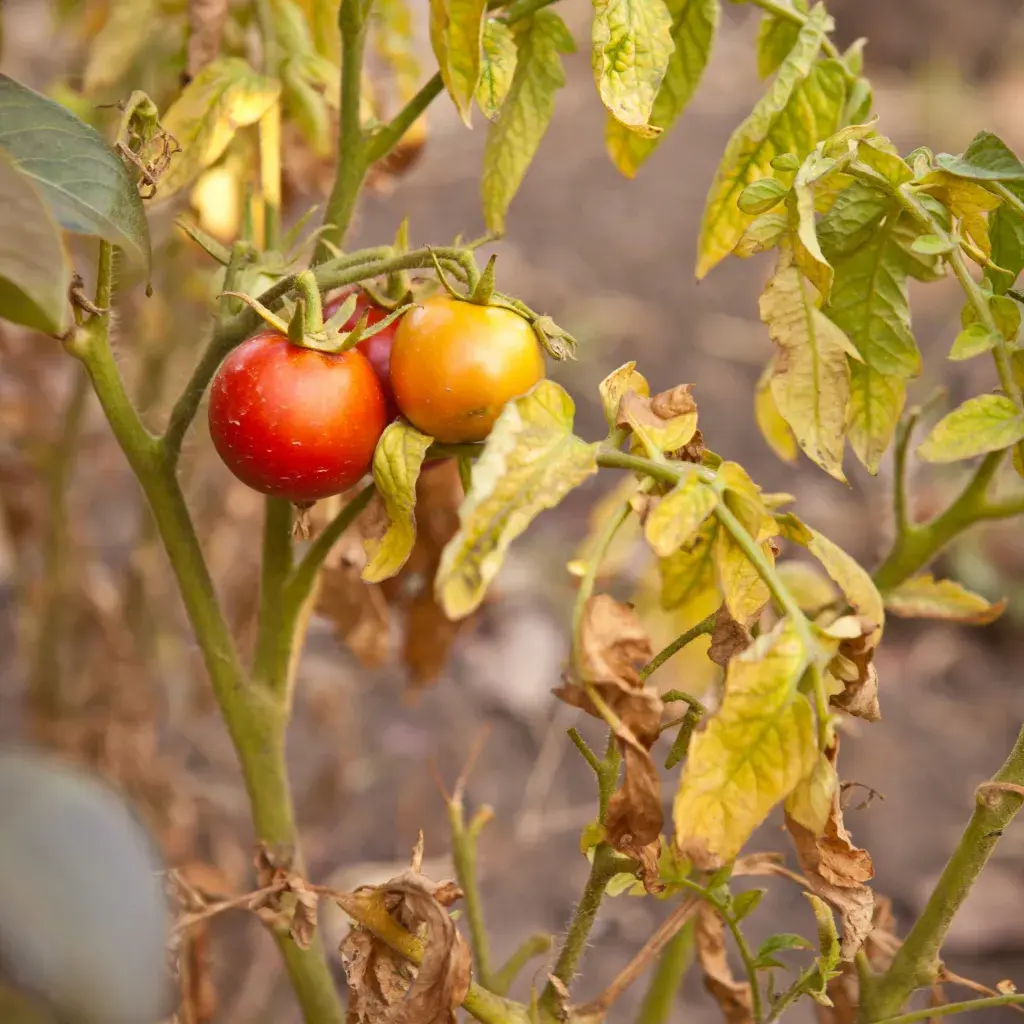Snake Plant Care and Growing Guide
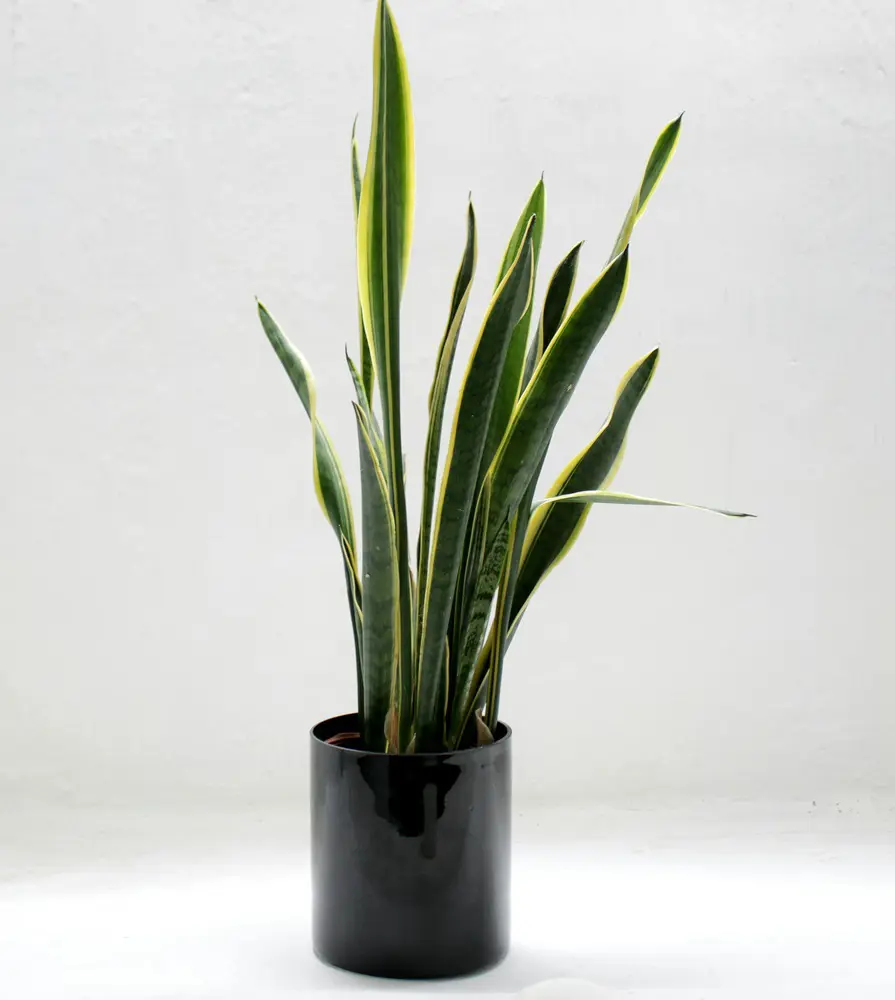
This post may contain affiliate links. If you make a purchase through links on our site, we may earn a commission.
Snake plants require low maintenance, and low light and are almost impossible to kill, making them a perfect plant for beginners and seasoned gardeners.
In this guide, we will explore essential care tips and optimal growing conditions for snake plants. From light and watering needs to pest control and choosing the perfect pot, here's what you should do.
Snake Plant Overview
| Scientific Name | Dracaena trifasciata |
| Common Names | Mother-in-law Plant, Mother-in-Law's Tongue |
| Family | Asparagaceae |
| Type | Perennial |
| Size | 6 Inches to 12 Feet (Wild), 2 Feet (Houseplant) |
| Soil Type | Sandy, Well-drained |
| Soil pH | Acidic to Alkaline |
| Bloom Time | Spring |
| Origin | West Africa |
What Is A Snake Plant?
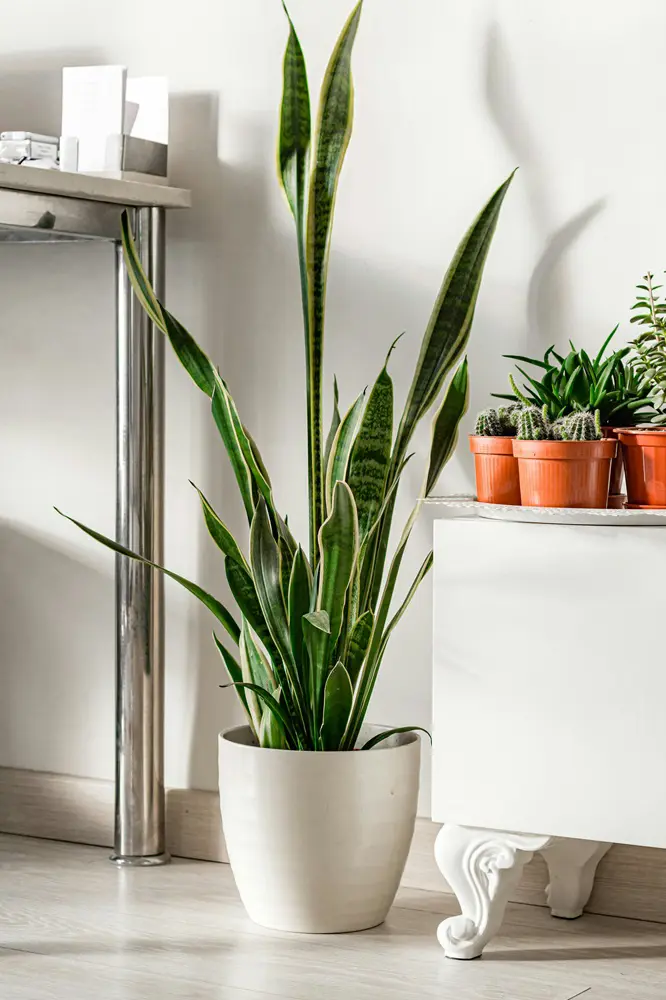
The snake plant or Dracaena trifasciata is a very sturdy indoor plant that does not require much care at all and has very long, vertical-orientated leaves that are reminiscent of snakes. Its narrow, sword-shaped leaves can vary from dark green to variegated patterns, bringing sophistication to interior design
Native to western and southern Africa, these beautiful succulents grow wild in warmer climate zones as well. Most of these plants adapt well to dry environments and can preferably be grown in low-light areas such as offices. Not only do they provide decorative beauty to your indoor environment but also have the functionality of literally ‘cleaning’ the air that you breathe.
Snake Plant Care
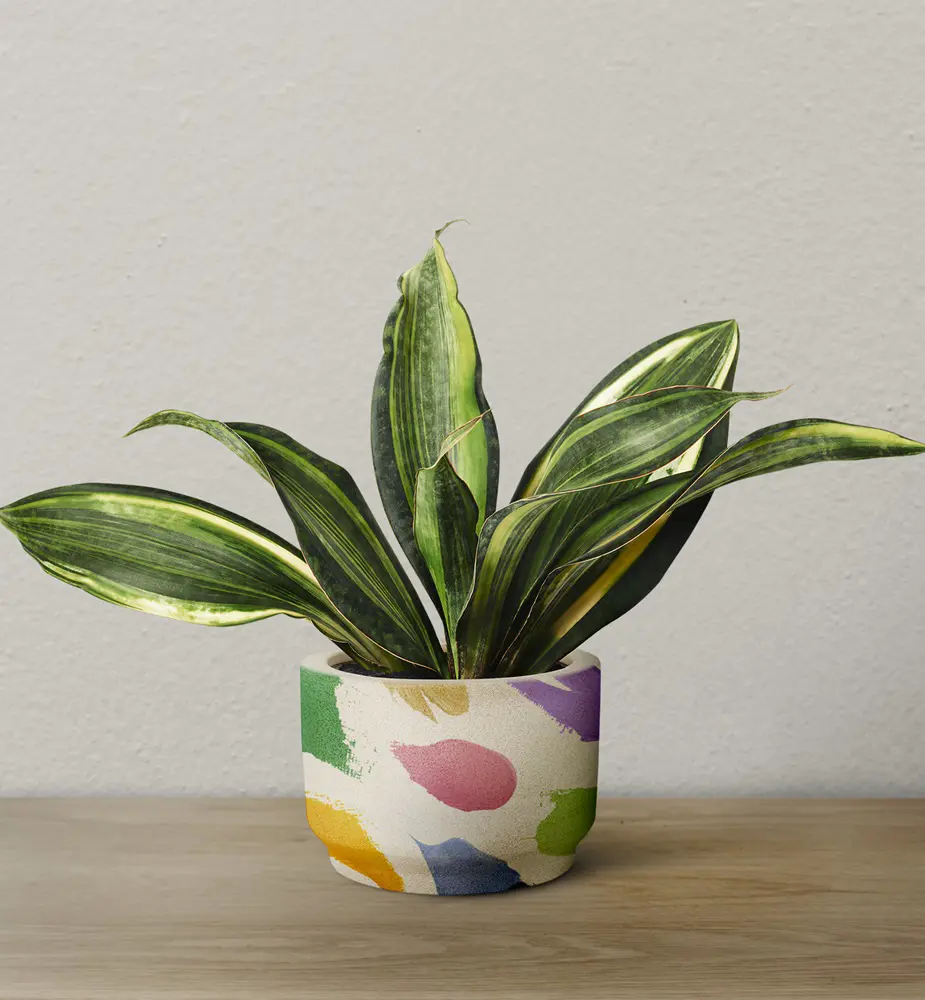
If you want to care for snake plants, remember that it's exactly similar to caring for one of your succulents. The snake plant just requires low maintenance as it favors a broad range of growing conditions which makes it ideal for individuals who are inexperienced in plant care. However, it is necessary to consider these factors:
Light
Although snake plants can enjoy being placed almost anywhere, medium indirect light is ideal for them. It is best to give them 8 to 10 hours of partial shade or a few hours of sun, early in the morning. These plants when exposed to direct sun for a long time may burn the leaves, exhibit slow growth and change in color.
Soil
Snake plants should be planted in a porous potting mix with good drainage to avoid root rot. They can also properly develop in somewhat sandy soil, which makes all-purpose cactus potting soil an optimal choice.
Water
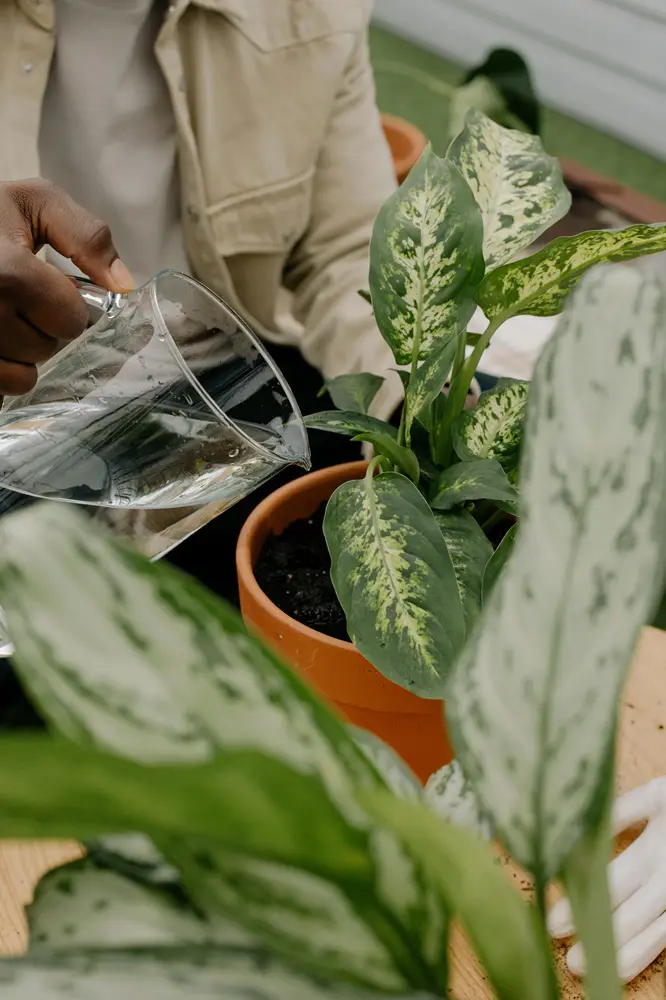
Snake plants do not need more water. But do not make the mistake of using excessive water in your plant because it may cause root rot. You must be certain that the soil is nearly dry before it is saturated again.
Temperature
It must be noted that snake plants can thrive in most temperatures. The optimal growing conditions are in the temperature range of 70⁰ F – 90⁰ F. Because these plants are adapted for dry indoor environments, it is always important to prevent them from cold drafts. However, if exposed to less than 50 °F for long durations, these plants can die within a month.
Fertilization
It can be a great idea to fertilize the snake plants once during spring and once during mid-summer using a balanced slow-release 10:10:10 fertilizer which is diluted to half strength.
During the winter, let it lay dormant and avoid feeding it any fertilizer at all.
Pruning
The most advisable method of removing the undesirable part of the plant is pruning because it provides a way to remove dead or damaged leaves besides encouraging new and fuller growth.
Growing Snake Plant
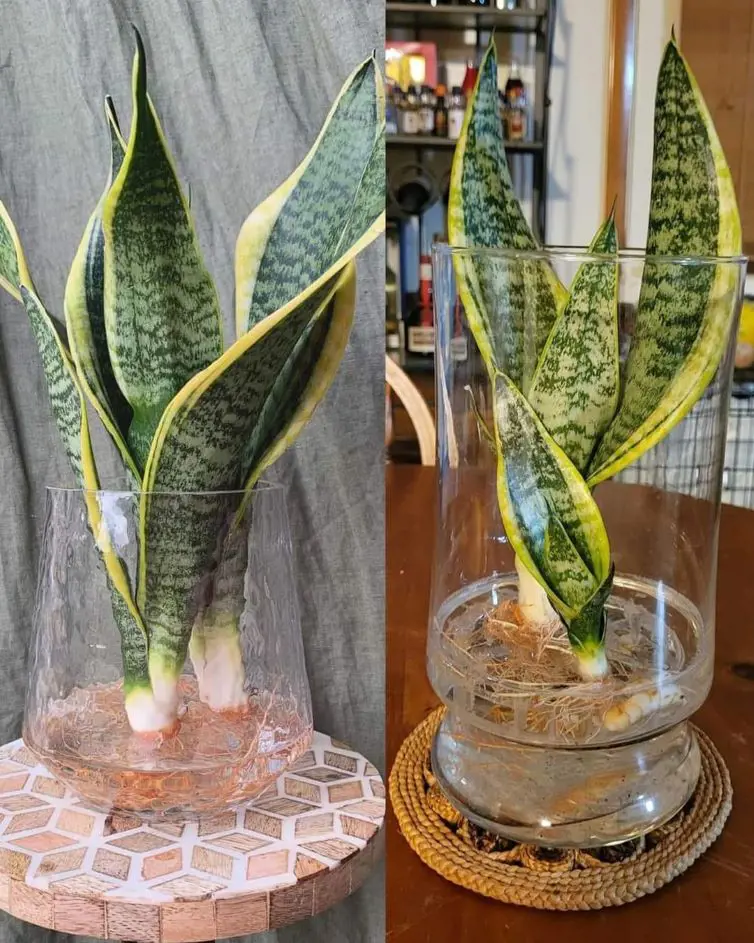
The propagation of snake plants can be done in two ways.
Propagating Snake Plant By Division
Perform the following steps for root division to get rid of pups or off-shoots and plant each one on its pot.
- Remove The Snake Plant: Take the snake plant out of the pot and place it on a flat platform.
- Brush Off The Roots: Clear the roots nicely so that they are visible properly.
- Divide The Plant Into Sections: Use the knife to cut the rhizomes and ensure that as much of the root as possible is retained.
- Repot The Sections: Transfer the pieces of the plant to new pots having good quality soil.
- Water: Water the plant and place it in a semi-shaded area.
Propagating Snake Plant From Leaf Cuttings
Go through the following steps for this process:
- Cut Off A Leaf: Remove a section of a leaf just below the base of the plant with a fresh, clean, disposable blade.
- Submerge Partially In Water: Submerge the cut end of the leaf in water and place the jar in an area with indirect sunlight.
- Replace with fresh water regularly: Change the water once a week or two.
- Wait patiently: A new leaf shoot will grow from the base of the cut leaf in one to four months.
- Transfer to potting soil: After the roots have grown to a length of one inch, plant the cutting in cactus potting mix.
- Water: Irrigate and put it in a location that has access to bright indirect sunlight once the roots are developed.
Snake Plant Types
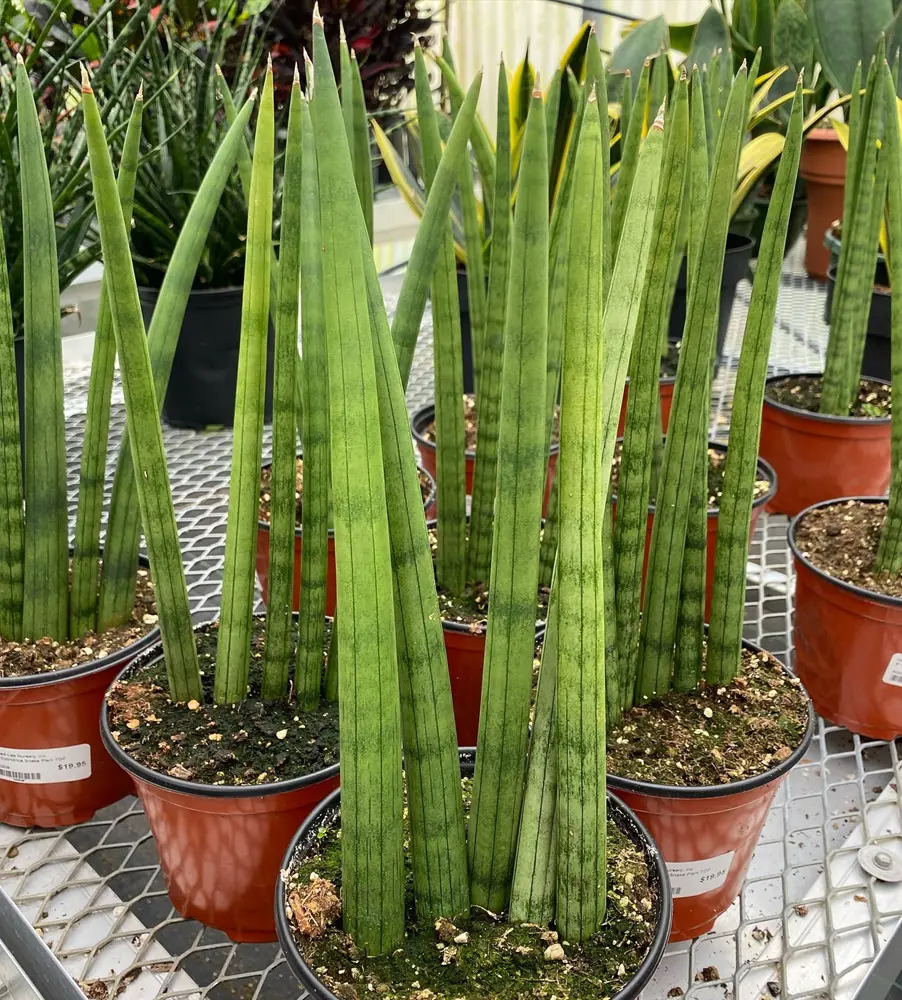
Currently, there are more than seventy different types of Snake Plants in the world. Of them, the most common is the Sansevieria Trifasciata.
- Dracaena Trifasciata 'Hahnii': Popularly known as a bird’s nest snake plant, ‘Hahnii’ can only reach up to a height of six inches. This variety becomes perfectly suitable for small areas and indoor use because of its size.
- Dracaena Trifasciata 'Laurentii': This cultivar has creamy yellow margins on the leaves and it is well-adapted to make specific color contributions to indoor spaces.
- Dracaena Angolensi: This is a cylindrical snake plant with round, firm leaves that emerge from the center core. It is valued for its rather unusual form and can withstand even the worst conditions.
- Dracaena Pearsonii: Also known as rhino grass, this plant has red-edged fleshy leaves and grows up to 12 inches in height.
Potting And Repotting

Ideally, snake plants should be repotted every 3-5 years or when the roots come out of the drainage holes at the base of the pot.
- Pot Size: Snake plants are best grown in broad, shallow containers with many drainage openings as they propagate through division and produce shoots. If the diameter of the container is about double the size of the root ball then it will do the work for you.
- When To Repot: If the roots of the plant have become cramped or the snake plant is too large that the pot is off balance, then it is time to repot the plant. Moreover, spring is the best season for repotting the plant.
Challenges And Issues With Snake Plant

Like any other normal species of plants, Snake plants are not exempted from problems or concerns that may arise during their development. All of these problems can be fixed by correcting several steps.
Common Pests
Snake plants are vulnerable to most typical houseplants pests such as scales, mites, fungus gnats, and more.
Yet, they can be washed away by a simple rinse with water or with neem oil.
Foul-smelling Soil
The growth of bad odor from the soil raises the chances of root rot in the plant.
To help with this problem, transfer the plant out of the pot and examine the roots to determine whether the plant can be saved. If there are any brown, soft roots and leaves, cut them out and repot the remaining healthy rhizome.
Yellow Or Brown Leaves
Yellow or brown spots on the foliage of the plant mostly mean that the plant is either overwatered or infected with pests and may also mean root rot.
This problem can be prevented through reducing the watering period, and ensuring the plant receives adequate airflow.
Leaves Falling Over Or Drooping
Well-developed snake plant leaves are erect and grow upright, however, excess water, insufficient light, or poor potting material can cause leaves to droop or flop over.
It is advisable to transfer the plant to a brighter area, water less frequently, and change the type of soil to one that is more permeable.
Recent posts
Plant Care
Plant Care
How To Take Care Of An Orchid Plant? 11 Tips And Tricks
If you love gorgeous orchids but are worried they're too high-maintenance, don't worry. This guide is like a cheat sheet for orchid newbies. Forget fancy words and confusing schedules — we're talking about how to take care of an orchid pla...
Plant Care
How To Grow and Care For Peace Lily Plant
The Peace Lily is an indoor plant that is most valued for its beautiful and shiny green leaves as well as the white blooms. Hard and tolerant, it’s naturally a low-maintenance addition to your plant collection. If you are confused, let us tell ...
Plant Care
Pothos Plant Care And Growing Guide
Adding a Pothos plant (Devil’s Ivy) to your home benefits the environment and aesthetic of your personal space. It's easy to maintain and is loved for it's ability to enhance indoor air quality by removing toxins like formaldehyde, benzene, and...
Plant Care
How To Plant, Grow and Care Majesty Palm
The majestic palm, scientifically known as Ravenea rivularis, makes for a stunning indoor tree with its lush and grand fronds. Originating from Madagascar's river banks, this resilient houseplant is cherished not only for its beauty but also for its ...
Plant Care
How To Grow And Care For A Hosta Plant
Hosta plants are widespread perennials, often grown for their beautiful and diverse foliage. They are extremely easy to care for and can thrive in various conditions, particularly shade or semi-shade. These hardy plants can last for many years and re...
Plant Care
Reasons Why Tomato Leaves Are Turning Yellow
If your tomato leaves are turning yellow, it's a cause for concern when you've put effort into growing them for that homegrown, delicious taste. The yellowing could result from various issues affecting your kitchen garden aspirations. Our guide simpl...


